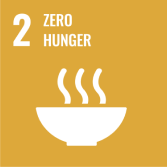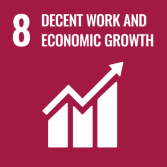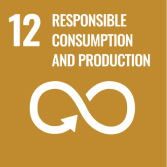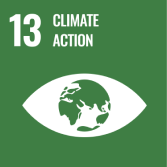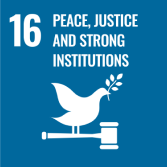Movies beyond the scope of Hollywood and entertainment have shaped notions of race in American culture since the early decades of cinema. A range of nontheatrical sponsors and creators in the US made films to serve practical functions in society—to inform, to organize, to persuade, to promote, etc. The US federal government was a major sponsor of many of these films, which provided American and foreign audiences depictions of race that differed considerably from popular commercial images. For example,
Men of the Forest, a film made in 1952 by the United States Information Service focuses on the Hunters, a Black family who owns land and a forestry business in rural Georgia. A documentary of sorts, the film highlights Black life, work, and land ownership in the South in ways not seen in popular feature films of the day. Yet, in the film and others like it, histories of institutional racism are woven into cinematic form and content in ways that are distinct from the entertainment industry. The creators of
Men of the Forest omit details of segregation in the South to emphasize the Hunter family as examples of American democracy, a choice suited to the film’s Cold War purpose: to counter the anti-American message of Soviet propaganda for foreign audiences. On one hand, by producing and distributing the film, the federal government acknowledged Black farmers and landowners in the Jim Crow South. On the other hand, it avoided the structural inequality surrounding the Hunters to frame their reality as an example of American democratic progress for international circulation. Today, government films like
Men of the Forest prompt contemporary reflection on the institutional histories they represent and their evolution into the present. The film and many others are available online due to the digitization of collections from the National Archives, Library of Congress, and elsewhere. With this increase in access, contemporary scholars have the ability to investigate how the federal government and its various internal entities mediated racial ideologies with moving image technologies. As an example of such research, this essay examines
Men of the Forest by focusing on the past and present contradictions that arise from its depiction of a Black family with land and an agricultural business in rural Georgia. Two recent events shed light on the histories reflected in the film and their contemporary significance. In 2018,
Descendants of Men of the Forest, The Legacy Continues—a documentary created by family members of the film’s original participants—contextualized the original production as evidence of the Hunter family’s legacy in the community of Guyton, Georgia. Underlying this local effort,
Men of the Forest serves as an important historical event and record of the family and the community. On a broader scale, in March 2021, Congress passed a large relief package for disadvantaged minority farmers, intended to help alleviate decades of systemic racism in government agricultural programs. Lawsuits from white farmers and conservative organizations followed quickly, challenging the provision of government aid based on race. In this federal context,
Men of the Forest exposes an institutional image of individual success that downplays the structural racism facing people of color, especially those with agricultural livelihoods. Even as politics and legislation evolve, this vision of democracy once exported by the federal government has widespread currency and accumulating effects. The connections between
Men of the Forest and these recent events reveal the racial politics at play in government films and the ways in which they take shape in the real world beyond the screen.
Full article

